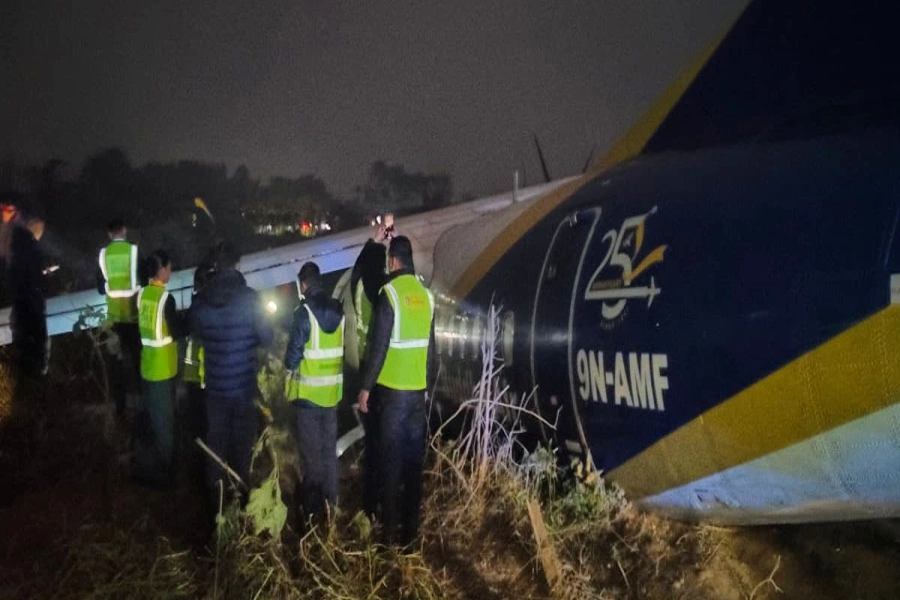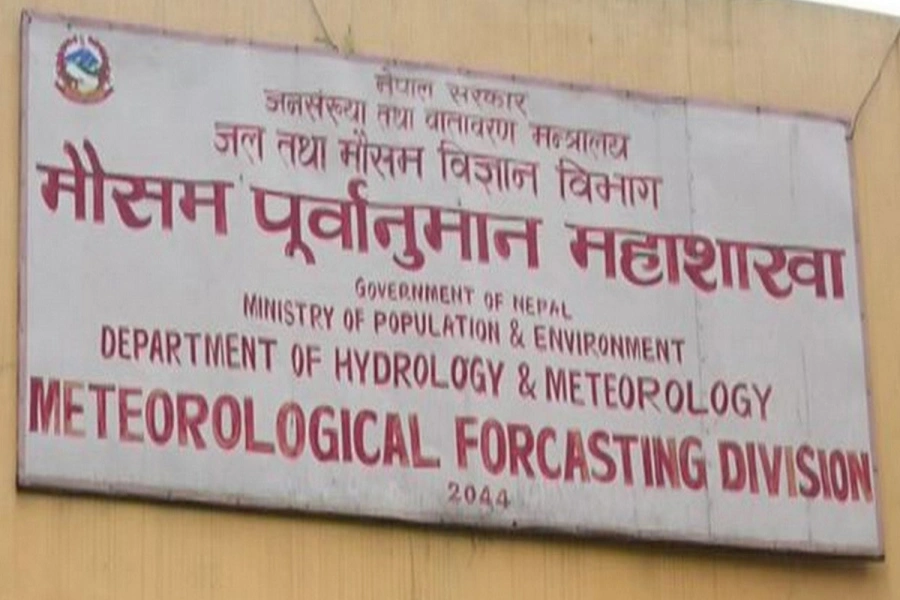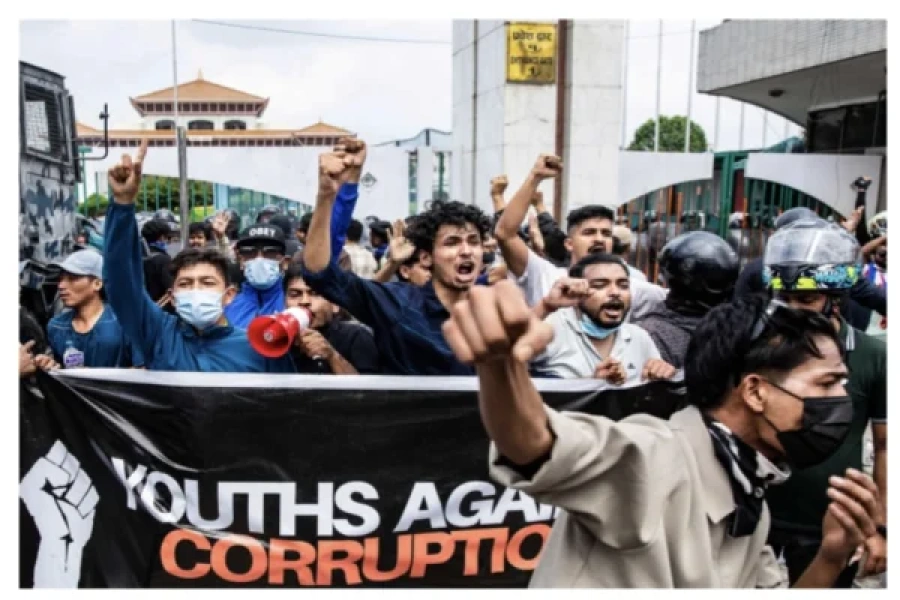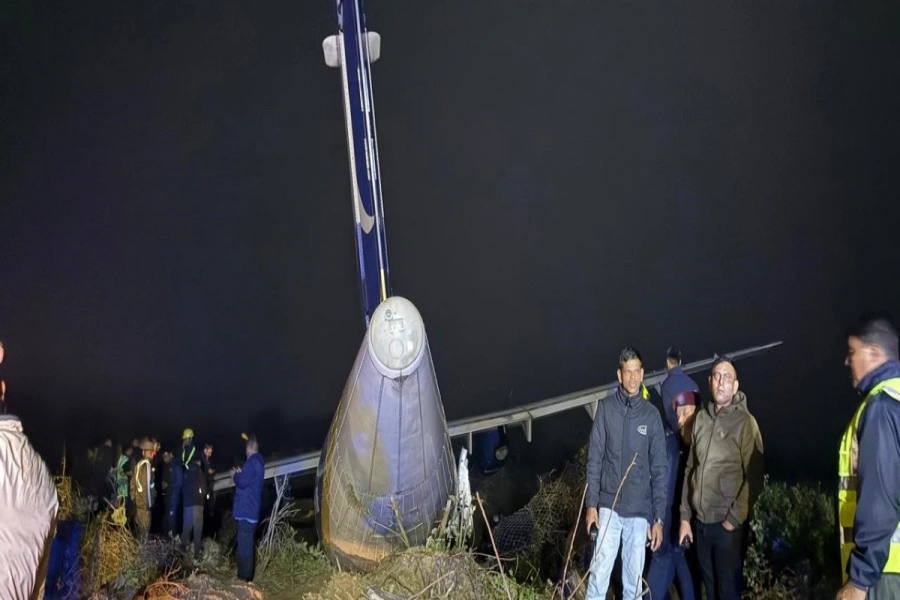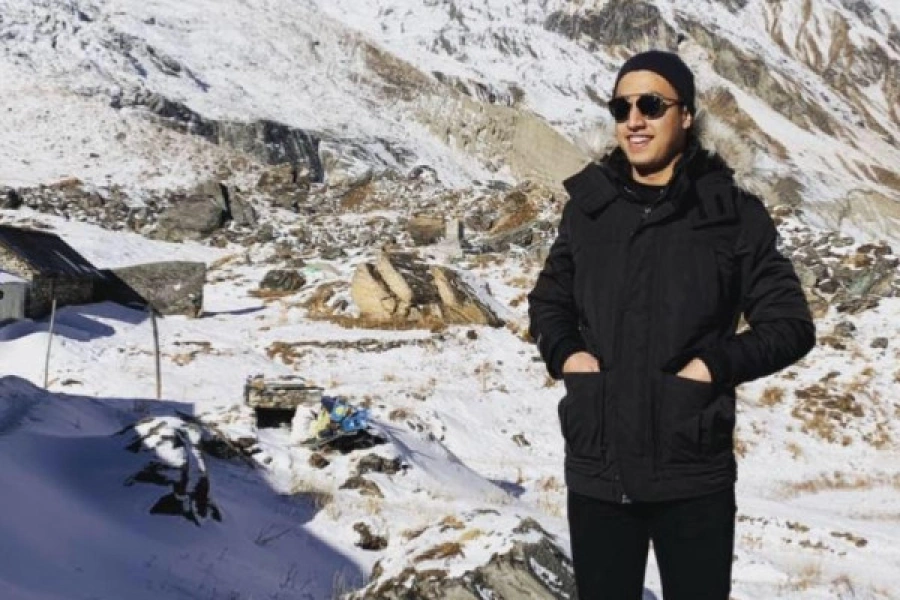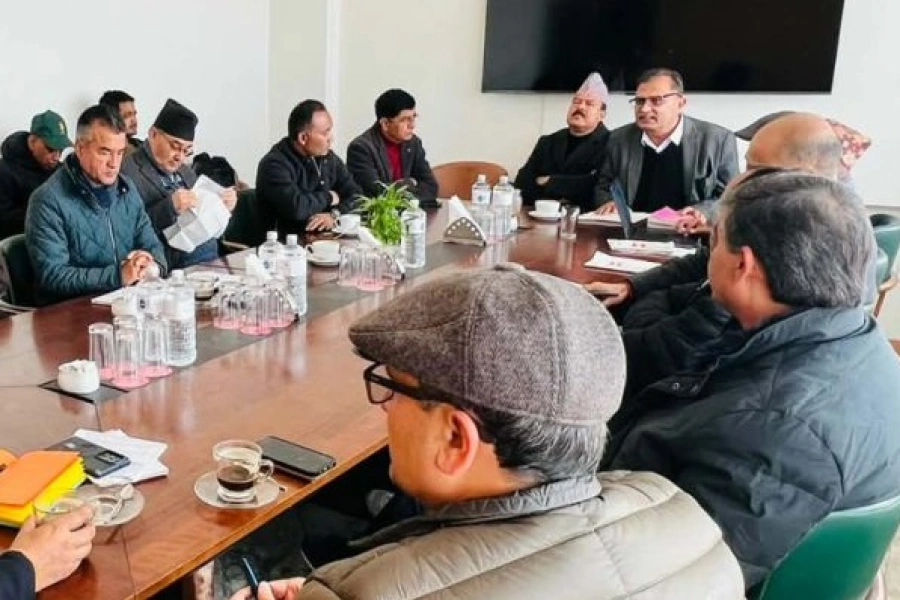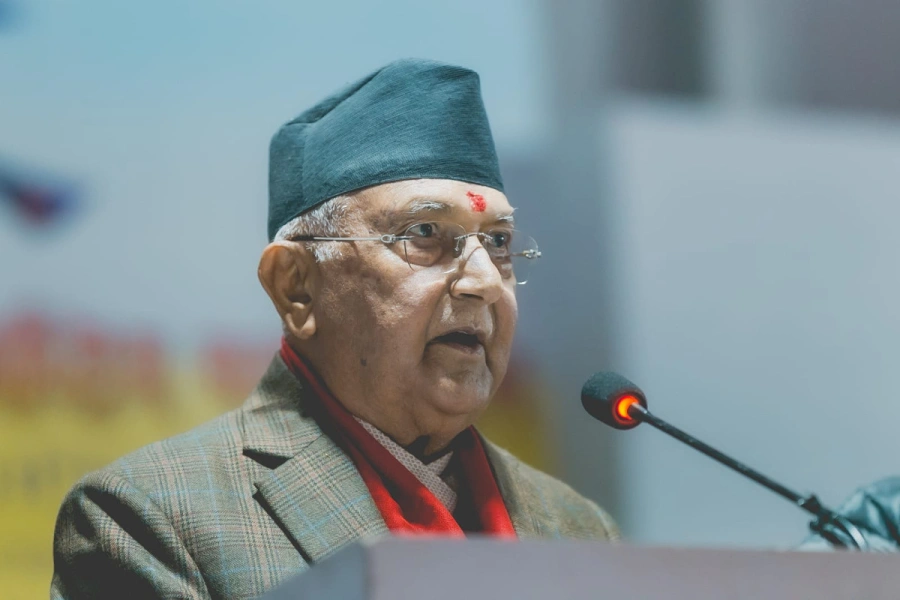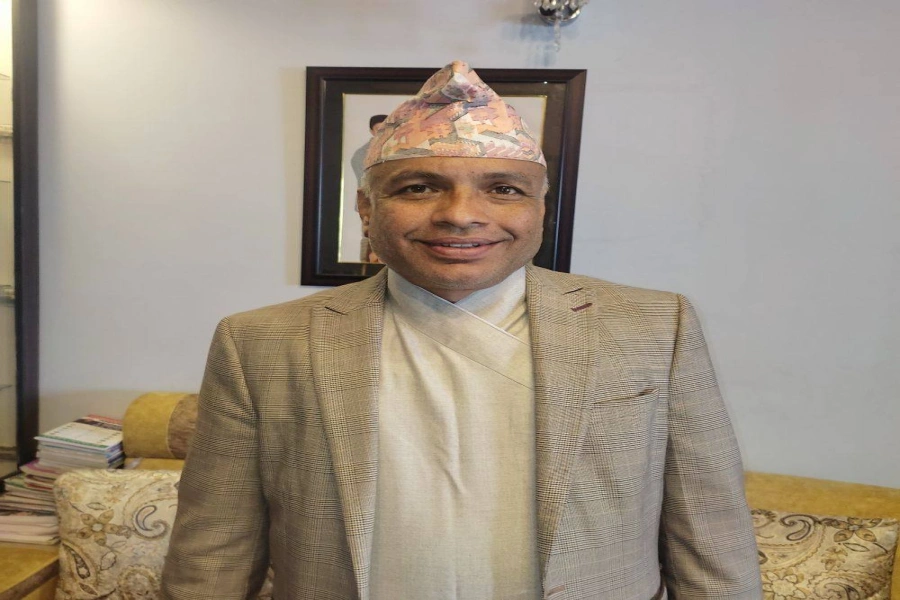With businesses and industries closed and economic activities contracted, Nepal’s electricity industry is facing the adverse impacts
Coronavirus pandemic is crushing lives around the world. And with countries imposing lockdowns urging citizens to stay home and halting non-essential businesses and industries in order to contain the spread of COVID-19, the electricity utilities, in particular, are increasingly finding themselves in a difficult situation across the globe. The reason is a simple cause and effect. With businesses and industries closed, economic activities contracted thus causing a drastic drop in the energy demand as an obvious effect hitting their revenue streams. Nepal’s electricity industry that has lately seen signs of positive momentum is no exception to this impact.
Though it’s too early to assess how large the impact would be to the electricity industry, this is going to a real stress-test to the utility, the independent power producers, the regulator and the policy makers if the current situation prolongs. We do not anticipate any immediate issues in continuing to reliably supply the electricity in the short run. However, tackling the current situation will be a complicated undertaking for Nepal Electricity Authority (NEA), power producers and industry stakeholders.
Nepal’s tourism and aviation sector incurs loss of Rs 34 billio...

During the lockdown, unlike restrictions to non-essential businesses and commodities, electricity supply-as an essential service will not be disrupted. Households will continue to use electricity. And, some health facilities like hospitals and newly created isolation centers may use it even more. But with a drop in electricity demand from commercial users, NEA’s revenue is already suffering, and the difficulty in tariff collection in the current situation adds to their woes. NEA’s earning from the residential users is around 40 percent compared to 43 percent from industrial users (remaining 17 percent coming from other consumer categories). Consequently, despite the expected increase in residential demand the overall electricity demand still low.
According to NEA, energy demand met on April 7, 2020 was recorded as 15.7 GWH, which on a normal business-as-usual day would be around 22 GWH. This is a clear revenue drop of as much as 30 percent when other fixed costs are not accounted for. Not to forget, the utility has other purchase commitments with the IPPs with long term Power Purchase Agreements. With the drop in demand, inevitably the number of power plants would need to be shut down. Importantly, a vital clause in the PPA requires the utility to pay the IPPs for agreed purchase irrespective of delivery or the non-delivery of power to the grid. Of the total supplies feed in to national grid system in the fiscal year 2018/19, the contribution of NEA, private sector and import stands at 33.75 percent, 29.00 percent and 37.25 percent respectively.
In a recent commentary made by NEA’s spokesperson to one of the Nepali dailies, 93 generation units currently inject 651 MW in terms of their installed capacity power to the grid. This includes the generation coming from NEA’s subsidiary companies and IPPs. The catch is with the drop in demand, the new reported post-lockdown daytime demand of around 628 MW can almost be met by NEA’s own subsidiary companies. If the utility prioritizes their own generation units over those of IPPs, the risk would be NEA urging IPPs to shut down their generation plans as force majeure. This situation is a bit worrisome for private power producers and calls for a coping mechanism to protect the interest of IPPs. One possible measure could be providing a lump sum advance payment to private producers to protect them against financial losses, and that can be adjusted to their future supplies when the situation normalizes.
Clearly, these new emerging constraints provide enough impetus why the utility need a good financial stimulus to avoid any further operational distress and comply with their payment obligations to private producers. Also, any tariff discounts and relief packages from the utility to the targeted customers in the current situation had better not be at the expense of the utility but a part of separate government relief package. Importantly the utility should be encouraged to perform as a commercial entity even in the current adversity.
While the recent government decision to offer a time bound 25 percent discount on monthly tariff for two months can be seen as a push to spur the demand and to promote electric cooking to combat the increasing shortage of Liquid Petroleum Gas (LPG) cooking gas, such measures should better be dealt with a proper demand assessment including the assessment of state of distribution infrastructure. Some alternative incentives and other dynamic pricing methods might look more reasonable choice to not to further jeopardize the utility’s financial performance even if this requires a rescue package to the utility to ease its operations.
Besides, with countries closing their borders and with factories closed, the resulting global supply chain disruptions are already having a knock-on effect further delaying projects that are already under constructions, be it generation projects, construction of substations or extensions of power grids. As per the NEA, the utility had anticipated 1000MW of capacity addition to the grid by the end of fiscal year 2019/20 which it has recently readjusted to 355MW in the current outbreak situation. Depending on how long the current situation drags on, the severity of the actual impact may be ascertained later.
In such a situation, industry stakeholders should not be freaking out but be ready to share the loss and wins together as they will have co-exist to insulate the sector from possible declines. It’s a testing for the NEA, IPPs, the regulator and the concerned ministry to come together and have an open discussion to assess the situation to agree on measure to take if the lockdown prolongs. The current situation presents an opportunity for the political determination for better utility regulatory reforms once the situation normalizes and the economy bounces back.
Dhital is a member of Electricity Regulatory Commission (ERC) in Nepal. Kandel is an energy
expert. Views are personal



